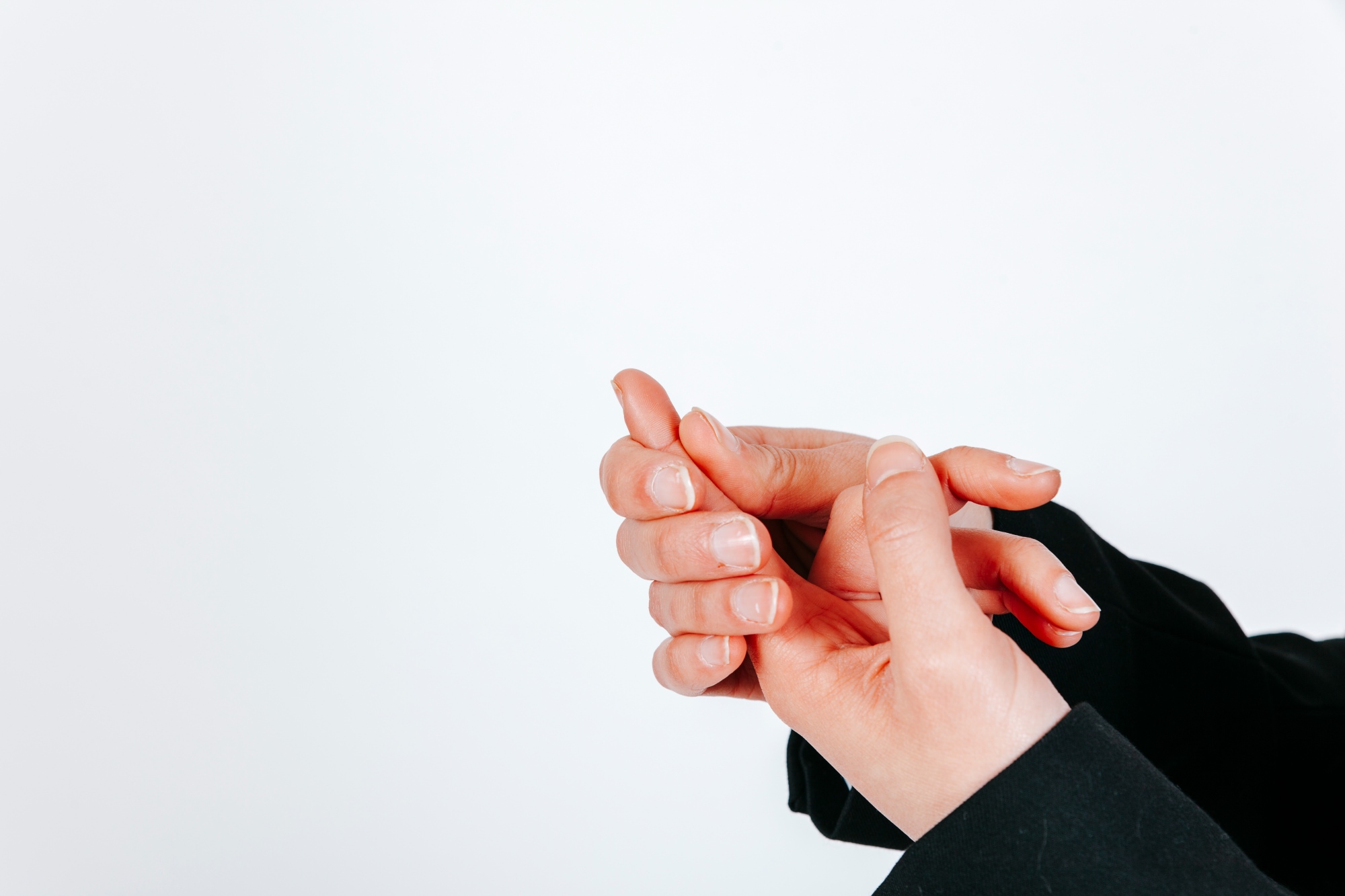Trigger finger is a common hand condition that affects the flexibility and function of your fingers, making them snap or lock in a bent position. If you’ve ever wondered how trigger finger happens and what causes it, this article will shed light on the condition’s mechanisms and risk factors.
Understanding the Anatomy of Your Hand
Before delving into the specifics of trigger finger, it’s crucial to understand the basic anatomy of your hand. Your hand is a complex structure of bones, tendons, ligaments, and muscles that work together to provide mobility and dexterity.
The Role of Tendons in Hand Movement
Tendons play a crucial role in hand movement. They are fibrous tissues that connect muscles to bones and transmit the force generated by muscles to produce joint movement. In your fingers, tendons run along the palm side (palmar surface) and connect the finger bones (phalanges) to the forearm muscles.
What Is Trigger Finger?
Trigger finger, medically known as stenosing tenosynovitis, occurs when there is inflammation or irritation in the tendons and the tendon sheath (a protective covering) of the affected finger. This inflammation can cause the tendon to become thickened or swollen, making it difficult to glide smoothly through the sheath.
How Trigger Finger Happens
- Tendon Irritation: The irritation of the tendon can be caused by various factors, including repetitive gripping, forceful hand use, or chronic inflammation from conditions like arthritis.
- Narrowed Tendon Sheath: In some cases, the tendon sheath may become narrowed due to inflammation, which restricts the tendon’s movement.
- Formation of Nodule: As the tendon struggles to glide smoothly within the narrowed sheath, a nodule or bump may form on the tendon.
- Catching or Locking: When the finger is bent, the nodule may catch on the edge of the tendon sheath, causing the finger to snap or lock in a bent position.
Risk Factors for Trigger Finger
Several factors can increase your risk of developing trigger finger:
- Age: It is more common in individuals over the age of 40.
- Gender: Women are more susceptible to trigger finger.
- Medical Conditions: Conditions like diabetes and rheumatoid arthritis are associated with a higher risk.
- Repetitive Hand Use: Activities that involve repetitive gripping or forceful hand use can contribute to the condition.
- Hand Injuries: Previous hand injuries or trauma may increase susceptibility.
- Genetics: A family history of trigger finger can also be a risk factor.
Symptoms of Trigger Finger
The common symptoms of trigger finger include:
- Finger stiffness, especially in the morning
- Pain or tenderness at the base of the affected finger
- A popping or clicking sensation when moving the finger
- Finger locking in a bent position (the “triggering” motion)
Trigger finger is a condition that can disrupt your daily activities and cause discomfort. Understanding how it happens and its risk factors can help you take preventive measures or seek timely treatment. If you suspect you have trigger finger, consult with a hand specialist for an accurate diagnosis and personalized treatment plan. In the next article, we will explore the various treatment options available for trigger finger, so stay tuned for more insights into managing this condition.


